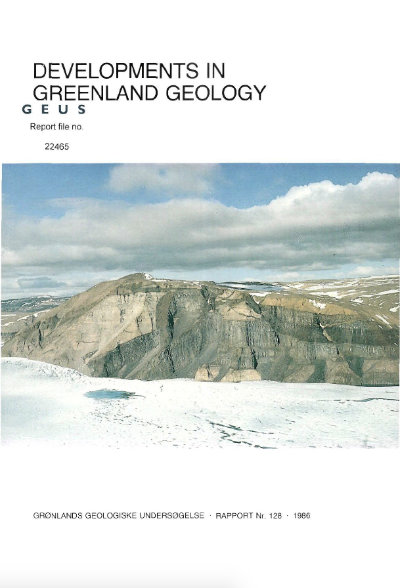Remote sensing - a new tool in exploration geology
DOI:
https://doi.org/10.34194/rapggu.v128.7930Abstract
Remote sensing techniques have been applied to mineral exploration in areas of South and East Greenland. The data consist of airborne and satellite-borne (Landsat) multispectral scanner images and geochemical and geophysical measurements interpolated into grid format and registered on the Landsat images. The main image processing methods applied include ratioing, principal component transformation/factor analysis and classification. In addition, visual and subsequent statistical analyses of lineaments were carried out on images from South Greenland. The results of the work include mapping of several hundred spectral anomalies which represent oxidation zones on the ground. The lineament analysis resulted in definition of major linear zones with increased lineament intensities; some of these zones may have geological significance. Supervised classification was carried out on an integrated data set consisting of images and geochemical/geophysical data. The training areas mainly included uranium showings, and the classified image depicts both previously known occurrences and a new area which is statistically similar to the training areas.
Downloads
Published
Issue
Section
License
This article is distributed under a CC-BY 4.0 licence, permitting free redistribution and reproduction for any purpose, even commercial, provided proper citation of the original work. Author(s) retain copyright over the article contents.


